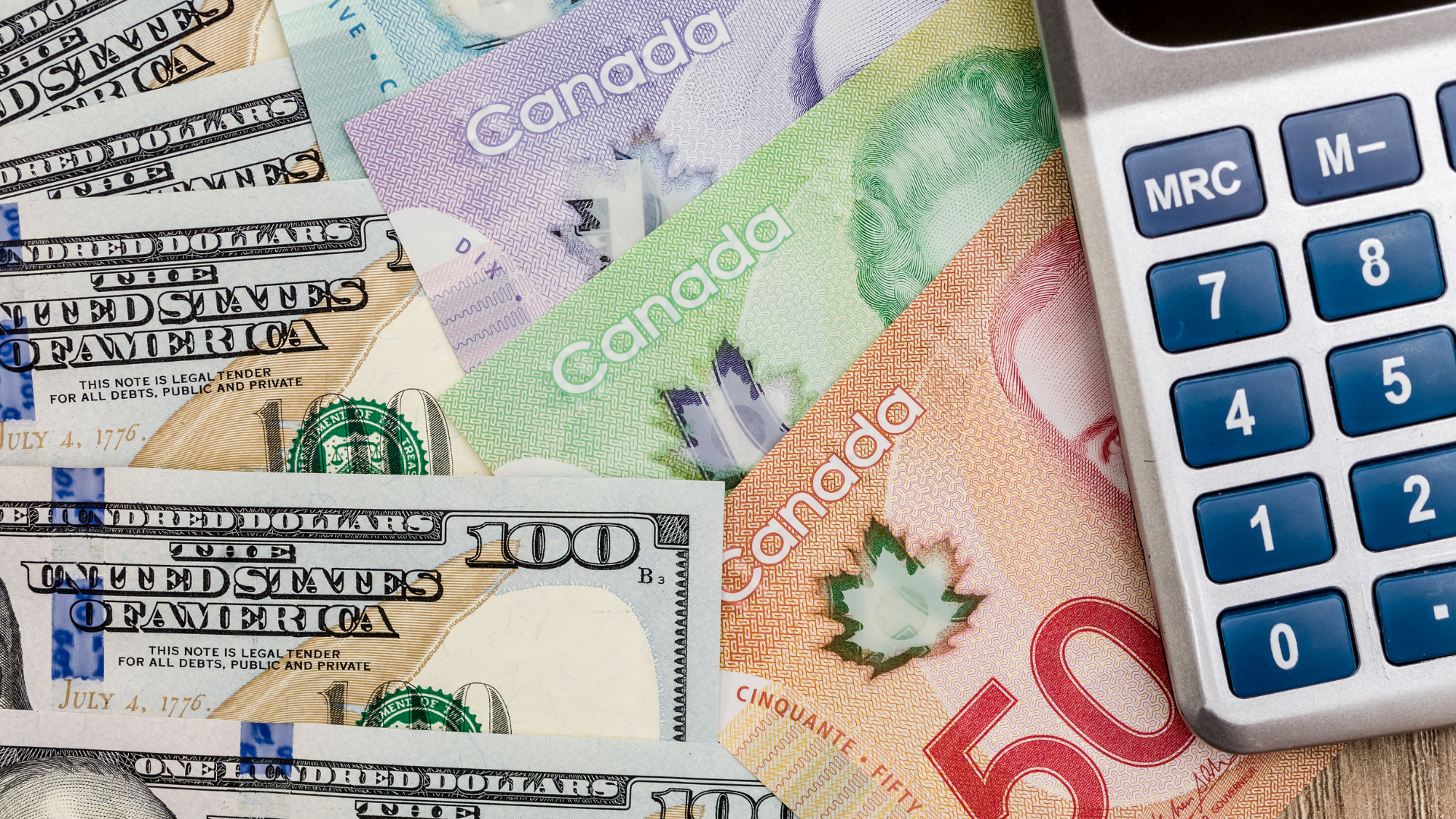The USD/CAD pair remained under pressure on Wednesday, struggling to reclaim the 1.4450 level, as a weaker US dollar and cautious sentiment ahead of key PMI data kept traders on edge. With the greenback facing renewed selling pressure, the Canadian dollar found modest support, though broader market uncertainty limited any significant moves.
The US dollar’s softness comes amid shifting expectations surrounding Federal Reserve policy. While markets still anticipate potential rate cuts later this year, recent US economic data has signaled a mixed outlook, keeping investors uncertain about the timing of any monetary easing. This has weighed on US Treasury yields, capping demand for the greenback and pressuring USD/CAD lower.
At the same time, the Canadian dollar has been buoyed by firm crude oil prices, as energy markets remain supported by geopolitical tensions and supply risks. Given Canada’s heavy reliance on oil exports, higher crude prices often provide a cushion for the loonie, helping it hold ground against a softening US dollar. However, concerns over global economic growth have tempered the currency’s upside.
The focus now shifts to upcoming PMI data, which could provide fresh direction for the pair. A weaker-than-expected US PMI reading may further undermine the dollar’s appeal, reinforcing expectations of a slowing economy and increasing pressure on the Federal Reserve to ease policy sooner. Conversely, a stronger report could reignite dollar demand and challenge the current USD/CAD downtrend.
Domestically, Canada’s economic outlook remains stable, though the Bank of Canada (BoC) continues to navigate persistent inflation risks. While the central bank has held off on immediate rate cuts, policymakers remain watchful of economic data to determine their next move. Any hawkish signals from the BoC could further strengthen the loonie, making it harder for USD/CAD to recover.
For now, USD/CAD remains stuck below 1.4450, with traders waiting for clearer signals from economic releases and central bank commentary. With global market sentiment still fragile, the pair is likely to remain volatile, reacting to shifts in PMI data, Fed expectations, and crude oil price movements.
















